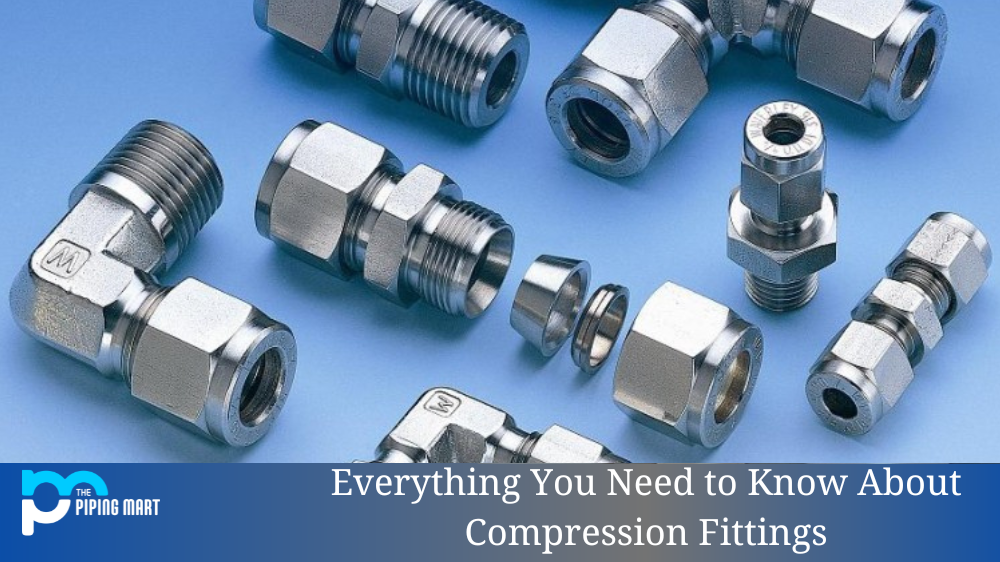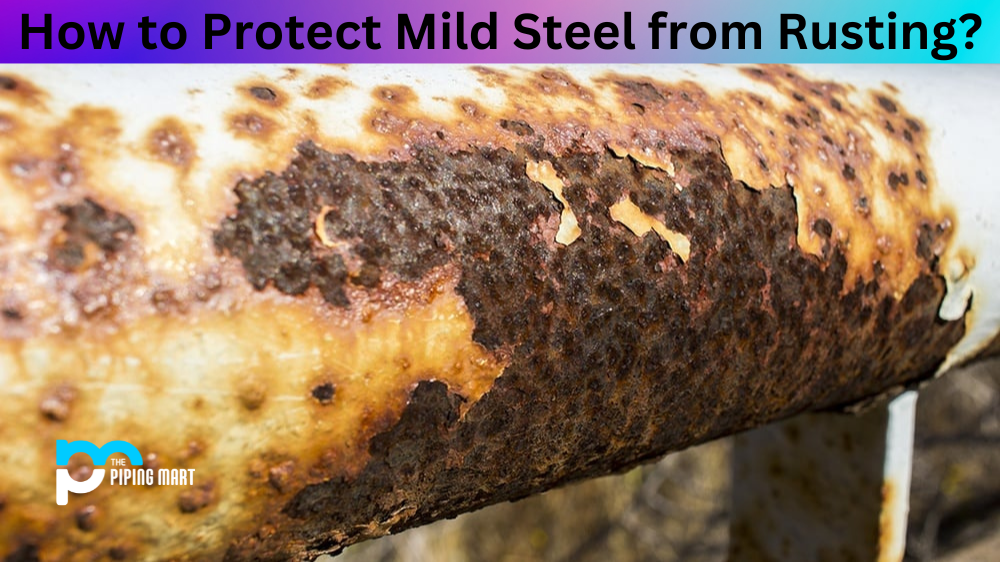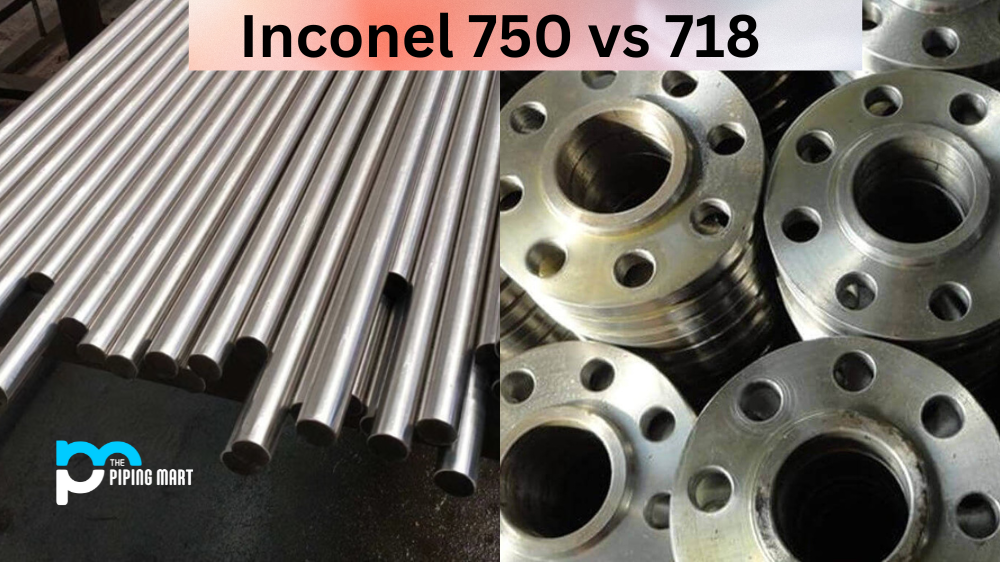Compression fittings are essential components in a variety of plumbing and mechanical systems. They are used to combine pipes or tubes and provide a secure connection that won’t leak. There are several types of compression fittings, each with unique applications and advantages. Let’s look at some of the most common types of compression fittings and how they work.
Copper Compression Fittings
Copper is one of the oldest materials used in plumbing, so it makes sense that copper compression fittings have been around for quite some time. Copper is a highly durable, corrosion-resistant material that can be used for hot and cold water applications. Copper compression fittings are simple to install and provide a long-lasting connection between pipes or tubes. These fittings can also be easily removed, making them ideal for repair or maintenance work.
PVC Compression Fittings
PVC (polyvinyl chloride) is one of the most popular materials used in plumbing today, so it should be no surprise that PVC compression fittings also exist. These fittings allow you to connect PVC pipes without gluing them together, saving time and money during installation. They are also easy to remove, making them ideal for repairs or replacements.
Brass Compression Fittings
Brass has long been regarded as one of the best materials for plumbing applications due to its durability and resistance to corrosion from water exposure. Brass compression fittings offer all the same benefits as copper and PVC ones but with added strength, thanks to brass’s higher tensile strength compared to other metals like copper or aluminum. Brass compression fittings can handle greater pressures than their counterparts, making them ideal for high-pressure applications such as water lines or gas lines where extra strength is needed.
Conclusion:
Compression fittings come in various shapes and sizes depending on their application. Still, they all serve the same purpose—securely connecting pipes or tubes without having to glue them together. They are available in various materials, including copper, PVC, brass, aluminum, stainless steel, etc., each with unique advantages based on its specific use case scenario. As you can see, there is a wide range of options when choosing the right type of fitting for your project; however, understanding what each type has to offer will help ensure you make an informed decision when selecting your next fitting!
Sakshee is a talented blogger, with a particular focus on the Business and Metal Industry. She is passionate about sharing her insights on various metal products and helping professionals to make a better decisions.




